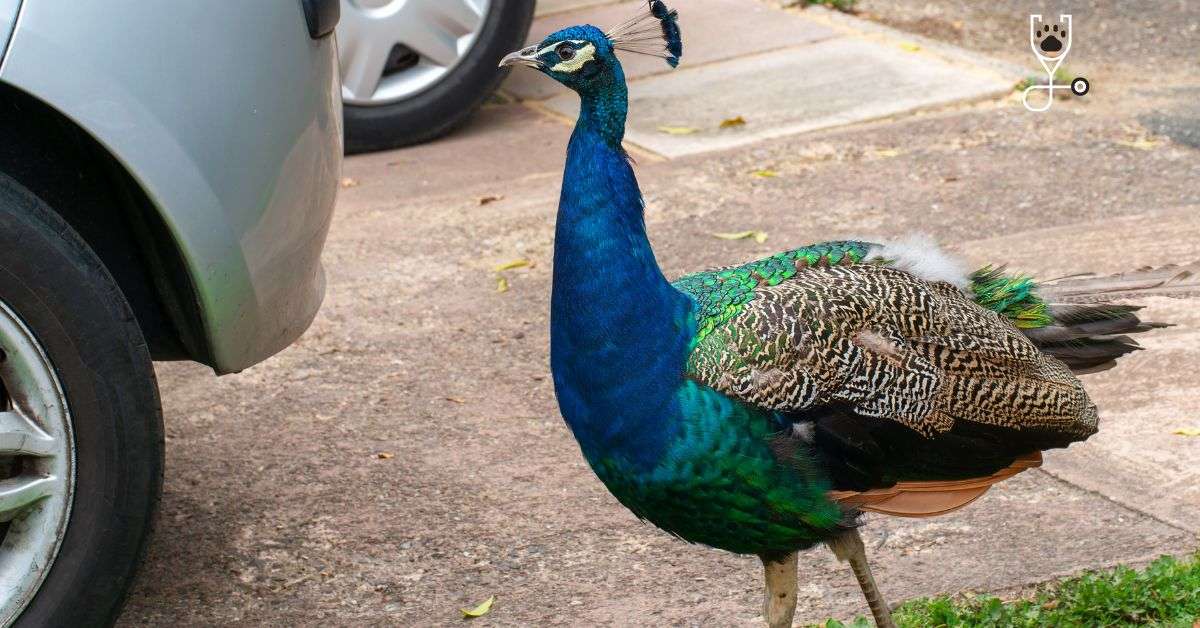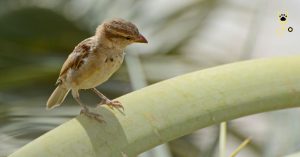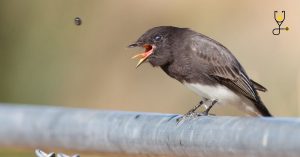Peacocks are beautiful creatures. With their long, colorful tail feathers and piercing eyes, they are a sight to behold. But what happens when these birds venture into urban neighborhoods? Surprisingly, they can often be found living in close proximity to humans without any issues. How do they manage to stay safe in such a dangerous environment? Read on to find out!
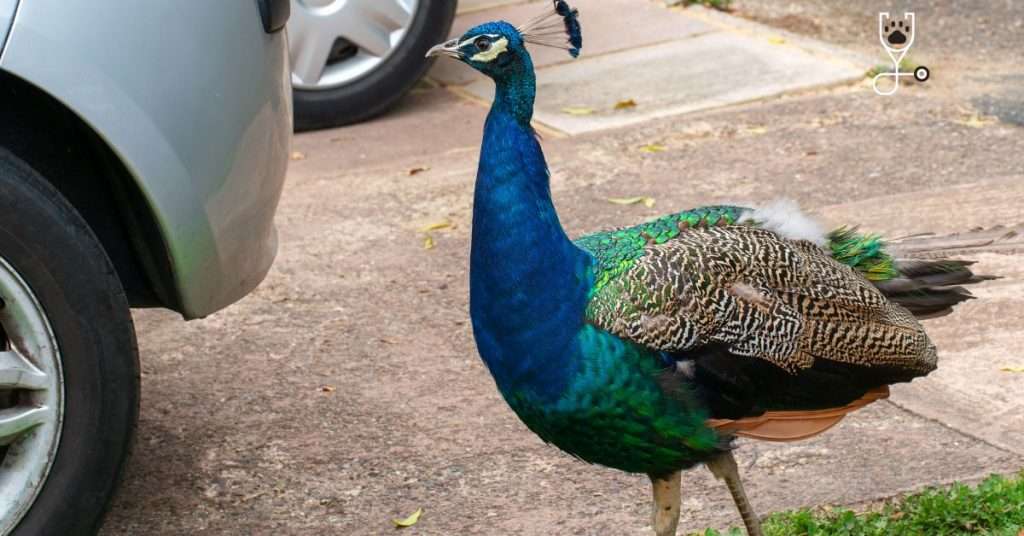
Where Peacocks Come From in the Wild
The first thing to understand is that there are three different types of peacocks.
Species and Regions
- The Indian peafowl is the national bird of India and Sri Lanka and is the most common type of peacock found in zoos. These birds are typically blue and green with long tail feathers.
- The green peafowl is found in Southeast Asia and sports similar colors to the Indian peafowl. The main difference is that green peafowl has shorter tail feathers.
- The Congo peafowl is the largest type of peacock and is native to Africa. These birds are blue with white spots on their wings. They also have very long tail feathers.
While all three types of peacocks are found in the wild, Indian and green peafowl are the most likely to be seen in urban areas. This is because these two species have been domesticated for thousands of years and are often kept as pets.
Taming and Breeding Peacocks In India
Peacocks have been prized for their beauty for centuries, and historical records indicate that they were being tamed and bred long before 320 BCE. The founder of the Maurya Empire in ancient India, Chandragupta, grew up in a family that raised peacocks, not long after the time of Alexander the Great. He adopted the peacock as his royal emblem, and the bird has been associated with Indian royalty ever since.
In more recent times, peacocks have become popular pets around the world, and they are often seen on farms or in other rural settings.
However, their stunning plumage is not the only reason why these birds are so popular; they are also relatively low-maintenance and can live for up to 20 years in captivity. As a result, it is little wonder that peacocks have been revered for centuries.
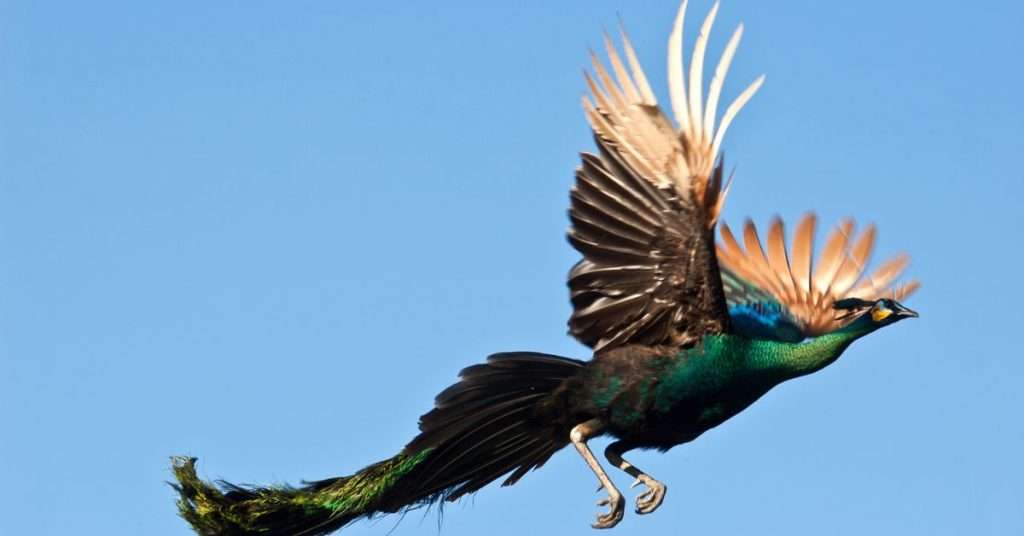
How Peafowl Came to California
Peafowl was introduced to Southern California by several wealthy Angelenos in the late 1800s, including real estate magnate Elias “Lucky” Baldwin (for whom Baldwin Hills was named). Lucky Baldwin is known as the founder of the City of Arcadia, and he was one of the first to bring these beautiful birds to the area. Peafowl are native to Asia, and they were brought over as ornamental pets.
The birds soon became a common sight in Arcadia and other parts of Southern California, and they remain a popular attraction in many neighborhoods today.
While peafowl is not considered a nuisance species, they can be noisy, and their droppings can be smelly. However, many people enjoy having these colorful creatures around, and they are often seen as a symbol of prosperity and good luck.
Learn more: Everything You Need to Know About Pet Peacocks.
How and What Peacocks Eat in California
Peafowl are ground birds that primarily eat seeds. However, they also consume snakes, snails, and bugs. These items are often found in compost heaps. In addition to these items, peafowl also likes pet food and tender seedlings of flowers and vegetables.
Peafowl uses their beak to get their food from the ground. They will also use their feet to scratch the ground in order to find food. Peafowl is omnivores, which means that they will eat both plants and animals. This allows them to get a variety of nutrients that they need in order to survive.
| Favorite Flowers | Favorite Vegetables | Favorite Fruits |
|---|---|---|
| Peony | Peas, | Grapes |
| Lotus | Beans | Apples |
| Lilies | Corn | Berries |
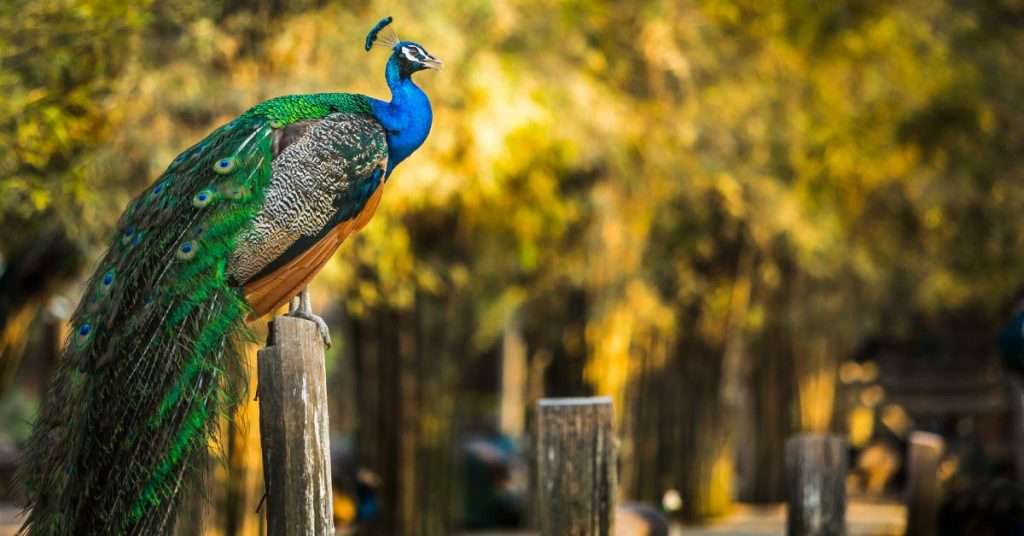
Peacock Plumage and Its Significance
The peacock is best known for its striking plumage, which is used to attract mates. The male peacock will spread its tail feathers out in order to display them to the best effect. The female peacock will then choose a mate based on the quality of his plumage.
The peacock’s plumage is also thought to be a symbol of status and prosperity. In many cultures, the peacock is seen as a creature of royalty and is often used in heraldry.
The feathers of the peacock are also used in a variety of traditional crafts, such as fly fishing lures and hats. In addition, the quills of the peacock feathers are used to make pens.
If you are thinking of adopting peacock as pets make sure to read “7 Things You Should Know Before Buying a Pet Bird“.
Human Protection of Feral Peacocks
Although peacocks are not native to the United States, they have been here long enough to be considered feral. This means that they are not protected by any federal laws, but some states do have regulations regarding their hunting or trapping.
In California, for example, it is legal to own a peacock, but it is illegal to release one into the wild.
There are several peacock sanctuaries around the country that provide a safe haven for these birds, and many of them offer tours or educational programs to the public. If you live in an area with feral peacocks, there are a few things you can do to help protect them.
- First, do not feed them; this will only attract predators.
- Second, do not try to capture or remove them yourself; this is illegal in many states and can be dangerous for both you and the bird.
Finally, you can contact your local animal control agency or wildlife rehabilitator to find out what options are available in your area.
Read More: The Pet Birds – Ultimate Guide To Be a Responsible Bird Owner.

